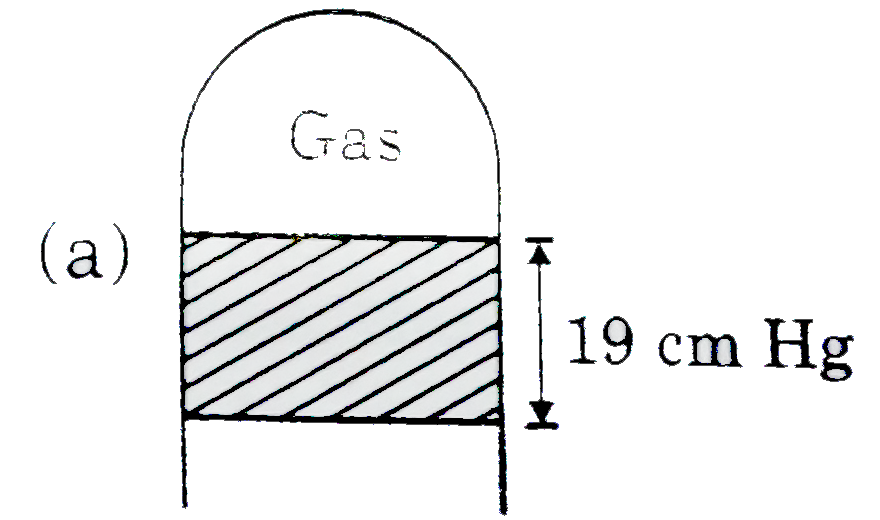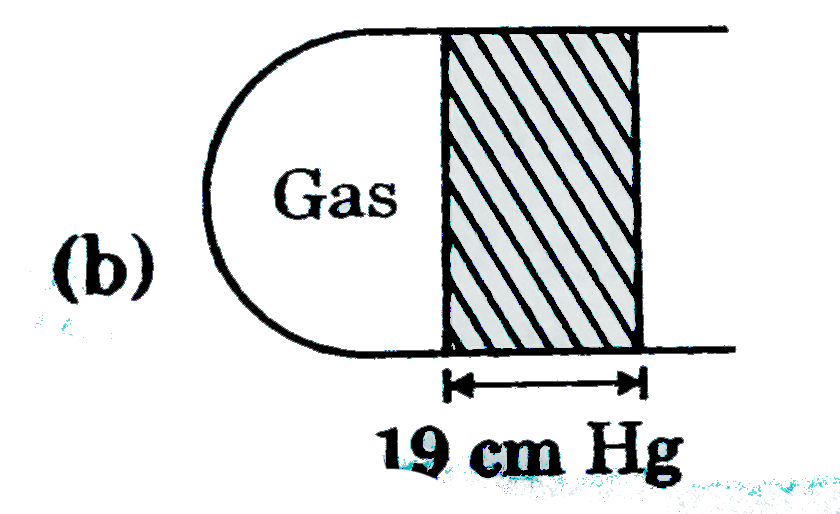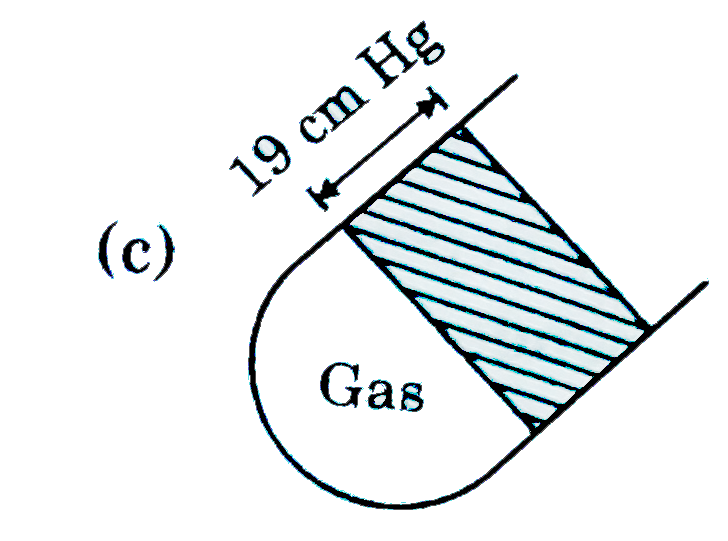A gas present in a cube of length 1 is shifted to another cube of length 21. What is the pressure of the gas in the 2nd case if the pressure of the gas in the 1st case is P at the same temperature?
To solve the problem, we will use the ideal gas law and the relationship between pressure and volume. Here’s a step-by-step breakdown of the solution:
Step 1: Understand the Initial Conditions
We have a gas in a cube with a length of 1 unit. The volume of this cube can be calculated as:
V1=length3=13=1cubic unit
The pressure of the gas in this cube is given as P.
Step 2: Understand the Final Conditions
The gas is then transferred to another cube with a length of 21 units. The volume of this new cube is:
V2=length3=213=9261cubic units
Step 3: Apply the Ideal Gas Law
According to the ideal gas law, the relationship between pressure and volume at constant temperature can be expressed as:
P1V1=P2V2
Where:
- P1 is the initial pressure (which is P),
- V1 is the initial volume (which is 1),
- P2 is the final pressure (which we need to find),
- V2 is the final volume (which is 9261).
Step 4: Substitute the Known Values
Substituting the known values into the equation:
P×1=P2×9261
Step 5: Solve for the Final Pressure
Rearranging the equation to solve for P2:
P2=P×19261
Thus, we find:
P2=P9261
Conclusion
The pressure of the gas in the second cube is:
P2=P9261
We have a gas in a cube with a length of 1 unit. The volume of this cube can be calculated as:
V1=length3=13=1cubic unit
The pressure of the gas in this cube is given as P.
The gas is then transferred to another cube with a length of 21 units. The volume of this new cube is:
V2=length3=213=9261cubic units
According to the ideal gas law, the relationship between pressure and volume at constant temperature can be expressed as:
P1V1=P2V2
Where:
- P1 is the initial pressure (which is P),
- V1 is the initial volume (which is 1),
- P2 is the final pressure (which we need to find),
- V2 is the final volume (which is 9261).
Substituting the known values into the equation:
P×1=P2×9261
Rearranging the equation to solve for P2:
P2=P×19261
Thus, we find:
P2=P9261
The pressure of the gas in the second cube is:
P2=P9261
Similar Questions
Knowledge Check
At definite temperature the volume of a definite mass of gas is 10L at 5atm pressure, at the same temperature if the pressure of the gas is decreased to 1atm, the volume of same gas becomes
A50LB2LC5LD0.5LIn which of the following case(s) pressure of gas is less or equal to atmospheric pressure?
A B
B C
C D
D
An ideal gas at pressure P and temperature T is enclosed in a vessel of volume V. Some gas leaks through a hole from the vessel and the pressure of the enclosed gas falls to P'. Assume that the temperature of the gas remains constant during the leakage. What is the number of moles of the gas that have leaked ?
AVRT(P+P')B2VRT(P+P')CVRT(P−P')DV2RT(P−P')
The pressure of a gas of volume 22.4 l is 3 atm at certain temperature. Then find the pressure of the gas of volume 44.8 l at the same temperature.
View SolutionThere is a gas in a sphere of radius 2r at a pressure P. If the same amount of gas is present in another sphere of radius r at same temperature, find its pressure.
View SolutionA vessel is filled with a gas at a pressure of 76 cm of mercury at a certain temperature. The mass of the gas is increased by 50% by introducing more gas in the vessel at the same temperature. Find the resultant pressure of the gas.
View SolutionA vessel is filled with a gas at a pressure of 76 cm of mercury at a certain temperature. The mass of the gas is increased by 50% by introducing more gas in the vessel at the same temperature. Find the resultant pressure of the gas.
View SolutionA cylinder contains SO2 gas at a pressure of 4.1 atmosphere and at 47∘C temperature.The density of the gas in the cylinder is
View Solution